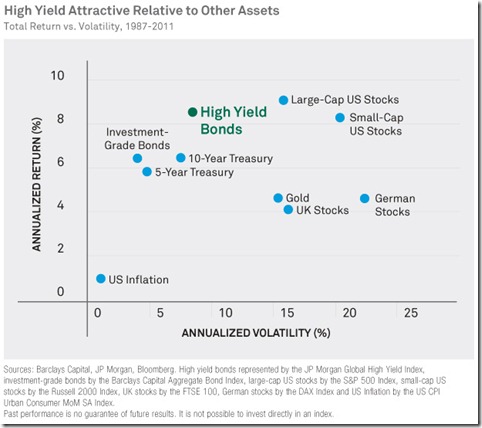
African American woman reviewing her assets.
It’s widely known that there are two types of assets: appreciating and depreciating. However, what is less well known is the difference between what’s classified as appreciating and depreciating.
In this article, we will look at what each term means, examples of each, and how to use them effectively.
What’s appreciation?
Appreciation is the increase in value. The majority of assets used to accumulate and grow wealth, appreciate. An asset can appreciate because of supply, demand, or a change in interest rates.
What’s depreciation?
Depreciation is the exact opposite. It’s the loss of value. The most common example is a car, but more on that later.
It is a new year and time to start thinking about tax plans for this financial year. The tax depreciation schedule calculator is a simple online tool that allows an employer to calculate the depreciation value of vehicles used for commercial purposes. This tool can help employers who wish to ensure that the correct amount of tax is deducted from their staff’s wages and prevent any penalties from being handed out.
Appreciating assets
- Stocks – It’s commonly known that investing in stocks is the best way to not only keep pace with inflation but to grow your wealth. A stock is partial ownership in a public company. Popular examples include Apple, Amazon, Facebook, etc. (Click here to learn more about stocks)
- Real estate – Single-family homes, duplexes, apartment complexes, etc. Though the pace at which real estate appreciates dwarfs compared to stocks, it does so slightly over time (source).
- Private equity – This can be starting a company of your own or you can invest in a startup. There are also private equity funds that exist, as well. Basically, it’s a company or venture that is not open to the public (i.e. stocks on the exchange, etc.).
- Alternative – Less common assets that could appreciate (cryptocurrencies, precious metals, art, and other collectibles).
- Bank accounts – Savings accounts, certificates of deposit, etc. These don’t appreciate much, especially in the current “low-interest-rate”. Some may argue that you shouldn’t classify these as appreciating assets because inflation erodes away the purchasing power over time.
Depreciating assets
- Cars
- Boats
- Furniture
- Equipment
- Patents/Copyrights – Patents, other than section 197 intangibles, have a useful life of 10 years and can be amortized over that 10 year period (source).
What’s the point?
Understanding appreciating vs depreciating assets gives you more wealth building potential and greater tax flexibility.
- Appreciating assets – Owning and investing money in an appreciating asset is the key driver in growing your wealth. Those who’ve accumulated significant amounts of wealth have done so by earning a living, saving, and investing diligently over decades.
- Depreciating assets – There are a few reasons to own a depreciating asset.
- Fun and convenience – We own and drive cars because we need them to go places. We buy boats because they are fun. In either case, you could also own a car or boat for your business, in which case it would serve a different purpose.
- Business – Owning and operating machinery and equipment is how many of us make a living or run a business.
- Tax write off – If you use equipment, machinery, cars, etc. for business, oftentimes you can use the depreciation of that equipment as a tax write off. Financial advisors use a set of fancy calculations to come up with the tax benefits of depreciation, we won’t go into that here.
Conclusion
Appreciating and depreciating assets both serve a purpose. It’s important to know the difference between the two and how to use each one as effectively as possible.
Stocks can sometimes experience periods of volatility and negative performance. During such periods, the value of such stocks may decline.
Be advised: talk to your accountant about specifics.
My name is Jacob Sensiba and I am a Financial Advisor. My areas of expertise include, but are not limited to, retirement planning, budgets, and wealth management. Please feel free to contact me at: jacob@crgfinancialservices.com





